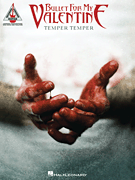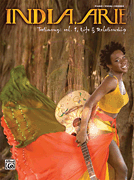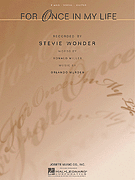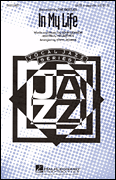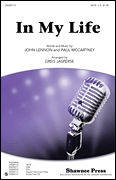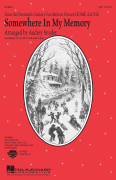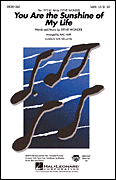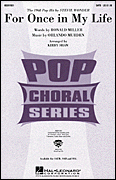Search Results for: “In My Life”
Loading...
In My Life View 274 Products
Got To Get You Into My Life View 124 Products
For Once In My Life View 80 Products
O God,my Life,in Mercy Shine On View 42 Products
If He Walked Into My Life View 36 Products
My Life Is In You Lord View 13 Products
Only Once In My Life (Solamente Una Vez) View 11 Products
The Last Man In My Life View 10 Products
Two Men In My Life View 5 Products
Hole In My Life View 5 Products
(In The) Morning Of My Life View 5 Products
Something New In My Life View 3 Products
What A Difference You've Made In My Life View 3 Products
The Lady In My Life View 3 Products
My Life Is In Your Hands View 3 Products
I Never Cried So Much In All My Life View 3 Products
Lift My Life Up View 2 Products
I've Dreamt In My Life View 2 Products
In My Secret Life View 2 Products
Get Back In My Life View 2 Products
A Day In My Life View 2 Products
(Want You) Back In My Life Again View 2 Products
The Music In My Life View 1 Product
To The Woman In My Life View 1 Product
